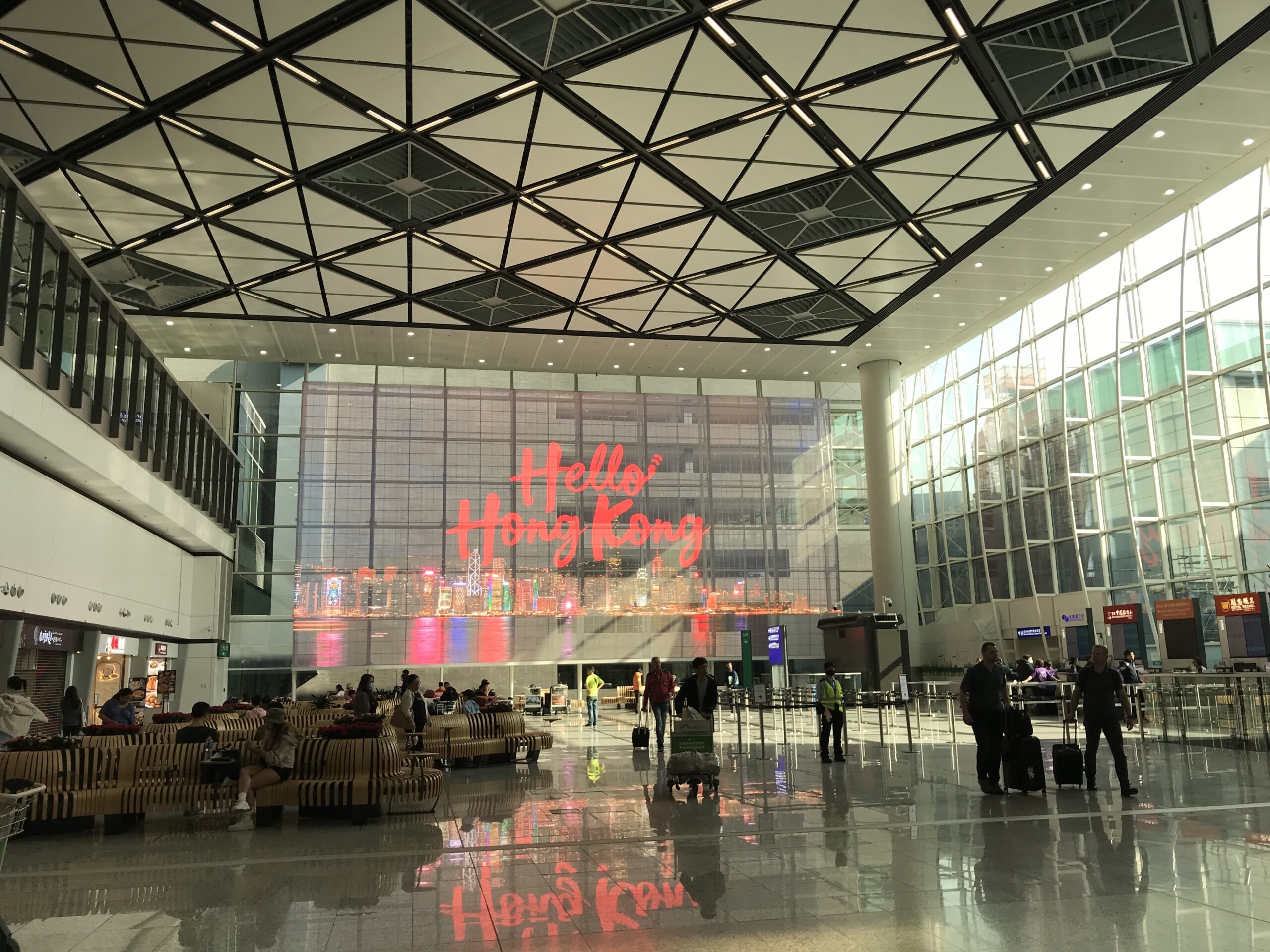News roundup: Hong Kong tries to win back long-haul tourists amid fewer flights and travel warnings, and other headlines

For PropertyGuru’s real estate news roundup, Hong Kong tries to win back long-haul international tourists despite fewer flights driving up airfares as well as travel warnings from the US, Canadian, and Australian governments. In other headlines, seven bioclimatic strategies showcase principles and design techniques that leverage natural elements to establish sustainable architectures for tropical climates. And helpful tips on how to deal with noisy neighbours in urban areas.
Hong Kong struggles to win back long-haul tourists amid fewer flights and travel warnings
Since Hong Kong fully reopened to travellers last February after three years of strict pandemic rules, mainland Chinese visitors have largely returned to the city. International tourists, however, saw a recovery of just about 60 percent. Among them, visitors from South and Southeast Asia recorded the fastest growth. Numbers from Europe and the United States lagged behind.
HKFP reports that Allan Zeman, the chairperson of Lan Kwai Fong Group, said long-haul tourists were not coming back to Hong Kong in the same numbers because airlines had yet to restore the number of Hong Kong-bound flights to pre-pandemic levels.
The drop in flight availability had driven up airfares to Hong Kong, Zeman added. “For a UK family of four, it would cost them HKD50,000 to HKD60,000 [round-trip] to come here,” the mogul said. “So they decide to go closer to home instead.”
Another thing, tourists today are visiting a city vastly different from what it once was. Following large-scale protests in 2019, Beijing the following year imposed a national security law on Hong Kong, under which civil society groups have disbanded and scores of activists have been jailed.
The US, Canadian, and Australian authorities are among the Western governments that have issued travel advisories for Hong Kong, warning of “broad” and “arbitrary” local laws.
Zeman said he had heard of tourists asking whether Hong Kong was “safe.”
7 Bioclimatic façade strategies for tropical architecture
There have been theoretical and practical projects that outline the advantages and disadvantages of living in a tropical climate. These projects acknowledge the various strategies to enhance human adaptability within these distinctive climatic conditions.
Certainly, climate is the most pivotal element of the natural environment, as it impacts all geomorphological processes, from soil formation to plant growth. It’s this profound interconnection that renders climate change so concerning. Hence, akin to how the natural environment reacts to climate, architecture must also be responsive to it.
In temperate climates, houses typically remain “closed” to shield occupants from harsh weather, retaining warmth. Conversely, in tropical climates, it’s essential to “open up” the house to dissipate heat and humidity while shielding it from the sun and heavy rainfall. The abundance of tropical climate and vegetation often encourages outdoor living or greater interaction with nature. The main challenges in tropical architecture involve protecting against rain and direct sunlight, with a focus on strategies to regulate internal temperatures.
Bioclimatic strategies play a crucial role in achieving these objectives. They guarantee that buildings adapt to the local climate, boost energy efficiency, and enhance occupants’ comfort. These strategies encompass principles and design techniques that leverage natural elements to establish sustainable architectures. By minimizing buildings’ environmental impact and prioritizing occupants’ well-being, these strategies collectively contribute to overall sustainability.
Since many of these strategies are implemented at the junction between a building’s interior and exterior, ArchDaily lists seven bioclimatic strategies and how they are applied to the facades of residential projects in tropical climates.
How to deal with noisy neighbours?
Dealing with noisy neighbours can be a challenging aspect of Indian urban life, often leading to frustration and discomfort. Whether it’s loud music, parties, or incessant shouting, noise disturbances can significantly impact one’s quality of life. In this article, we’ll explore practical strategies and effective communication techniques to address noise issues tactfully and peacefully with neighbours. From understanding local regulations to fostering open dialogue and exploring soundproofing solutions, Housing.com provides insights and tips to help you navigate and resolve noise-related conflicts with neighbours while maintaining civility and harmony within your community. (Even non-Indian readers can get something from these tips!)
The Property Report editors wrote this article. For more information, email: [email protected].
Recommended
6 green real estate projects reshaping Asia’s future
Developers are being incentivised to push a green agenda into daring new realms
ARES White Paper Volume 3: The era of adaptive reinvention
Pioneering sustainable and innovative practices in urban development
ARES White Paper Volume 2: Unravelling the power of data revolution in real estate
Insights on proptech, smart cities, and sustainable development
ARES Digital White Paper Volume 1: The fundamentals of responsible building
Green and climate heroes join forces to discuss how Asia Pacific can weather the current environmental crises and the looming effects of climate change






